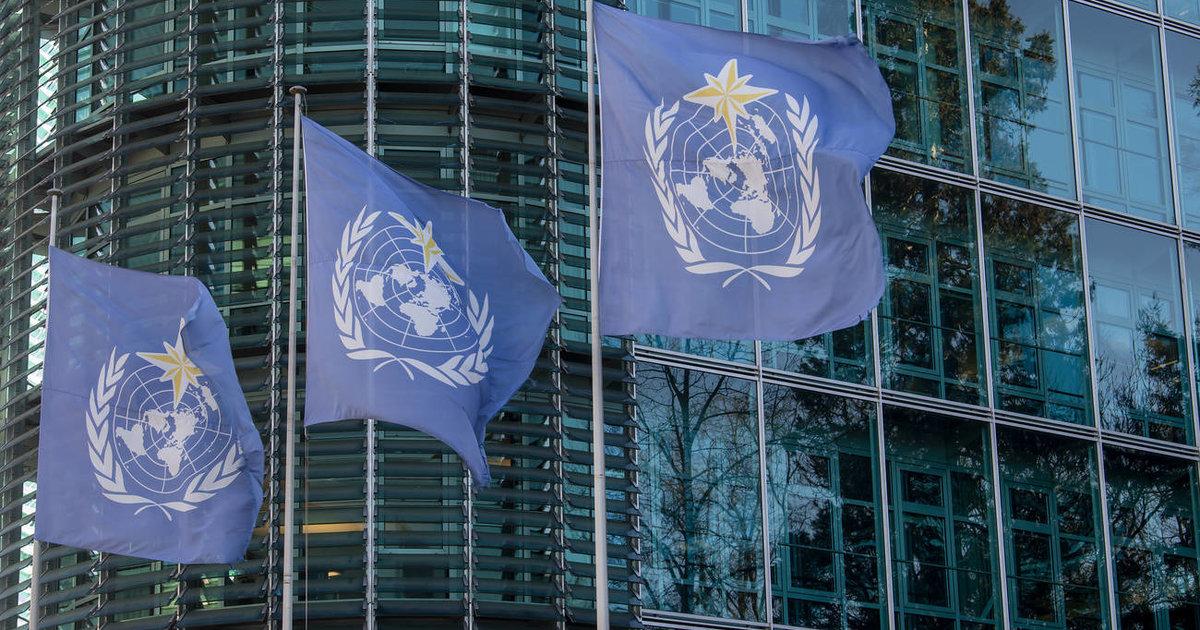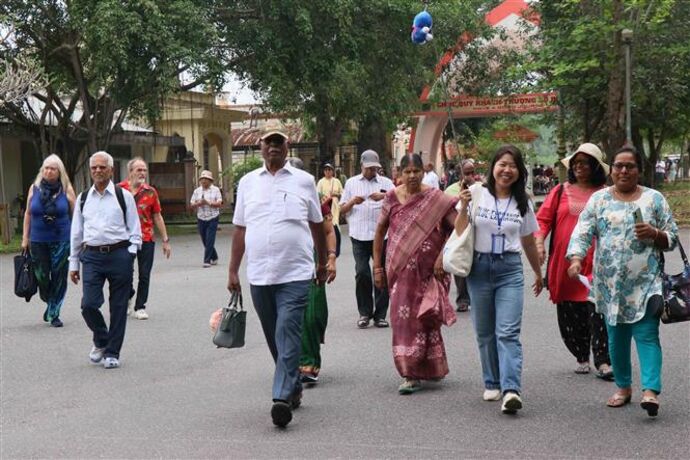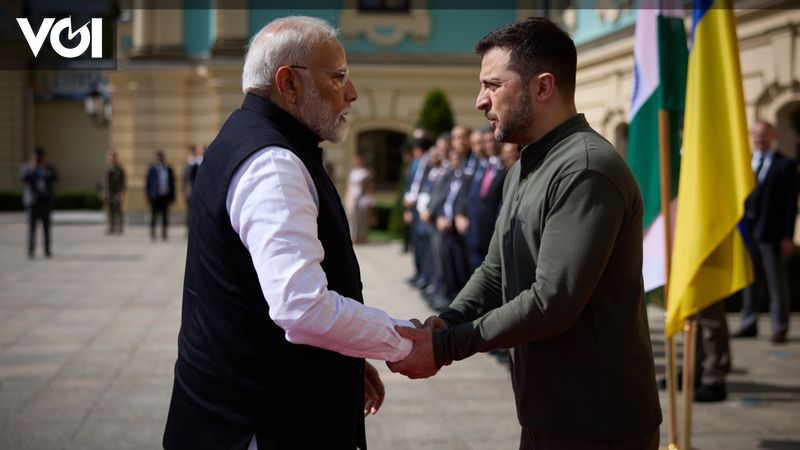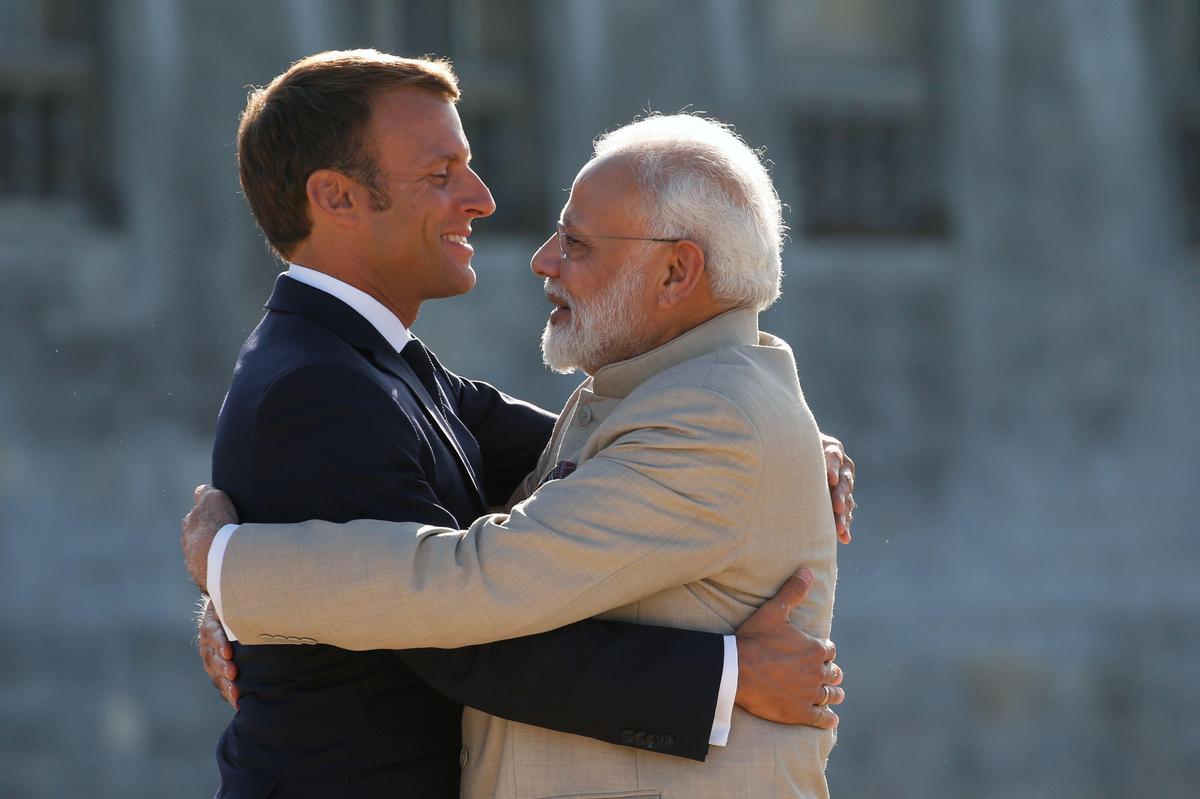The United Nations is getting closer and closer to tracking in real time, and with unmatched geographic precision, the greenhouse gas emissions that cause climate change, which will make life even more difficult for polluters. The Executive Council of the World Meteorological Organization (WMO) – bringing together more than 30 countries, including the United States, China, Russia and India – has approved a project to create a global gas monitoring infrastructure for greenhouse gases aimed at filling gaps in knowledge and production of data on gases -this gas, to fight them better.
The draft was adopted at last week’s Executive Council meeting, the agency said on Monday. It still has to be passed by the WMO Congress in May, which brings together the organization’s 193 members in Geneva every four years.
“Currently, we know the excess CO2 that we release into the atmosphere every year. We have a global presence”, said the deputy director of the WMO infrastructure department, Lars Peter Riishojgaard, at a press conference. “Anyone can say ‘It’s not me, my business is carbon neutral’, or if you are a country, you can say ‘I reduced my emissions last year'”, he explains, because “you don’t actually know where they are coming from.”
Also read: Climate: “We’re going in the wrong direction”, says the WMO
Almost in real time
The United Nations hopes to end this situation through a new global infrastructure for monitoring greenhouse gases, the main three of which are carbon dioxide (CO2), methane and nitrous oxide, to be driven by the WMO. This is a “historic” move, praised Lars Peter Riishojgaard. “The system we are talking about here will be able to show you on a map where emissions are coming from and where they are being released. You will be able to see it in every grid cell of the map, he assures.
This tracking will be carried out almost in real time, month after month, whereas until now global data has only been published once a year. The new framework should facilitate a system for observing greenhouse gases on the surface and in space, with common standards and fast access to these measurements.
“We know from our measurements that the concentration of greenhouse gases in the atmosphere is at an all-time high. The increase in CO2 levels between 2020 and 2021 is greater than the average growth rate of the last decade and methane has experienced its largest year-over-year increase since measurements began,” said WMO Secretary General, Petteri Taalas, in a statement.
Also read: Where did the record methane emissions come from?
uncertainty
But significant uncertainty remains. While scientists know full well what agriculture and the burning of coal, oil and gas produce in relation to greenhouse gases, there are gaps in knowledge about the role played by CO2 sequestration mechanisms – carbon sinks – such as the Amazon rainforest, oceans, and regions permafrost. important. Without counting, Lars Peter Riishojgaard underlines, that scientists have “very little data on developing countries, which represent roughly two-thirds of the world”.
The UN also hopes that this better monitoring will further support the implementation of the 2015 Paris Agreement. floods and storms. The international community has vowed to limit this warming to less than 2°C, and even 1.5°C if possible, but current policies point to a temperature rise of 2.8°C by the end of the century, well above the Paris limit. agreement, according to the United Nations.

“Twitter junkie. Hipster-friendly bacon expert. Beer ninja. Reader. Communicator. Explorer. Passionate alcohol geek.”







